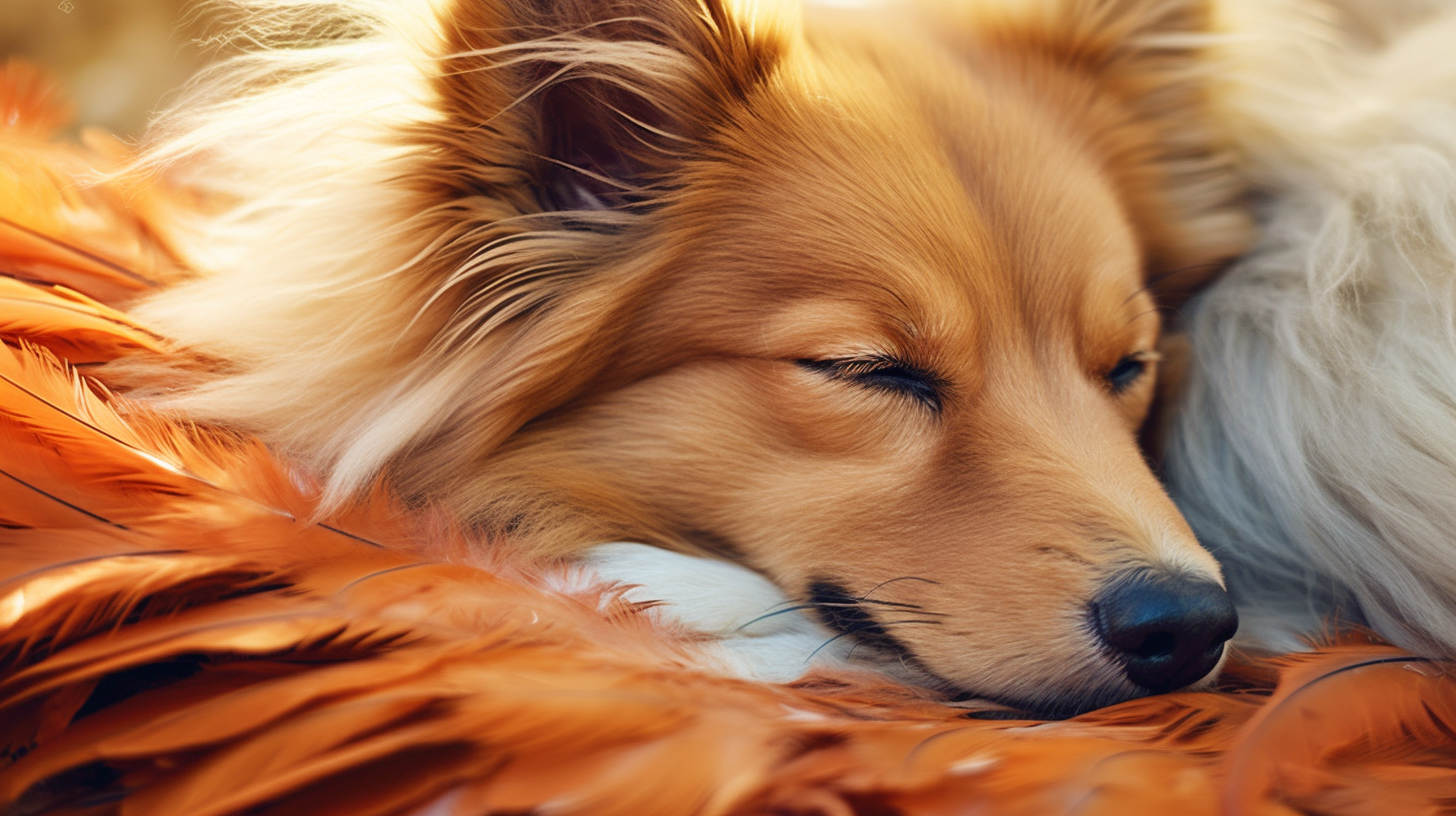No one enjoys an unkempt pet! Whether you live with a fluffy four-legged creature that sheds fur or a feathered friend whose mane needs primping, taking the time to properly groom your pet can mean a healthier, happier, and better-looking companion. From specific brushing techniques to essential grooming products, this article will provide you with the information needed to ensure that your fur and feathery family members are looking their best!
1. Getting to Know Your Pet’s Fur and Feathers
As the proud owner of a pet, it’s important to understand the anatomy of your pet’s fur and feathers. From top to bottom, there are four distinct sections to pay special attention to: the undercoat, the outercoat, the overcoat and the feathers.
Undercoat
The undercoat consists of insulating and protective hairs, designed to keep your pet warm. The density of the undercoat will vary depending on the breed of pet, but generally speaking, animals such as dogs and cats have shorter, finer undercoat hairs.
Outercoat
Your pet’s outercoat consists of guard hairs that work to repel dirt, debris, and moisture. These hairs are typically longer and coarser than the undercoat. Fur on the flanks and underbelly tends to be shorter than fur on the neck and shoulders.
Overcoat
The overcoat is the most visible part of your pet’s fur and it’s this fur that contributes to the strength and uniqueness of your pet’s coat. It can either be soft and flowing or coarse and wiry, depending on your pet’s breed.
Feathers
Believe it or not, your pet’s feathers serve an important purpose. They help to insulate your pet and prevent heat loss as well as regulate body temperature. The length and number of feathers can vary greatly depending on the breed and size of your pet.
Additionally, the feathers on your pet’s back, neck, and wings can provide her with protection against small predators and bad weather. An understanding of your pet’s fur and feathers is key to ensuring her happiness and well-being.
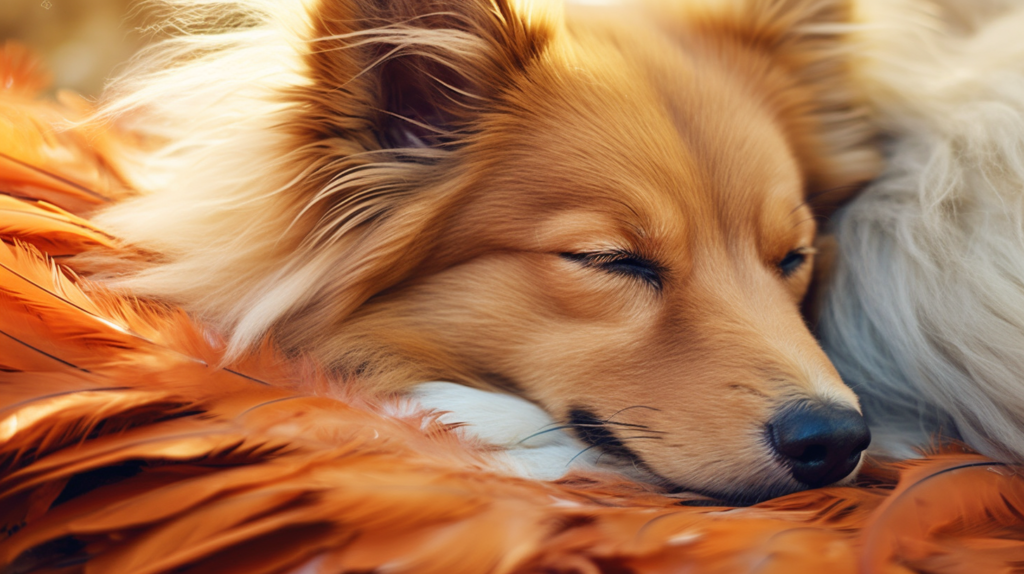
2. Why Grooming is Essential
Grooming is essential to maintaining a healthy dog. It is also important for the bond between a dog and its owner, and for maintaining a dog’s social life. Through regularly scheduled grooming, a dog will receive necessary medical attention, including nail and coat care, as well as preventive healthcare. Here are some more reasons for your pup:
- It helps keep coat healthy from the inside out. Routine grooming allows owners to detect any lumps, bumps, or other skin problems early on. This helps to treat the issue more easily and quickly.
- It helps reduce fleas, which can cause an array of skin and coat issues. Regular brushing and combing helps to remove any fleas or their eggs within the coat.
- It keeps nails from becoming too long. Whether your pup walks regularly or not, keeping nails trimmed is important. Long nails can cause pain and discomfort, which will lead to difficulty while playing and walking.
It also helps you bond with your pup. Grooming is a perfect opportunity for pet parents to connect with their pup, strengthen their bond, and get to know them better. Regular brushing and combing sessions give owners the chance to pay attention to their pup, massage them, and make sure they are healthy.
It also makes visits to the veterinarian easier. A grooming session allows veterinarians to check for any minor, underlying issues that may not displaying any symptoms yet. This helps them treat any existing problems before they become too serious, ultimately reducing costs and inconvenience.
3. Tips for Brushing and Combing
Taking care of regular brushing and combing is essential for healthy hair. Here are a few tips to help you get the best results:
- Brush and comb with the right tools: Choose a soft-bristled brush and a wide-toothed comb.
- Start from the tips: Begin brushing your hair at the tips and gradually move your way up to the scalp.
- Be gentle: Don’t be overly rough while brushing and combing your hair; even the strongest tresses need some TLC.
Use your brush in sections: To make the most of your brush, divide your hair into sections. This way, you can evenly brush all parts of your head. In addition, the separation allows you to focus on the parts of your hair you want to spruce up.
Deep conditioning: Deep conditioning is an often overlooked step in brushing and combing, but it should not be forgotten. Treating hair with a deep conditioner once a week makes it healthier and easier to manage. The added moisture will also nourish your hair and make it more responsive to brushing and combing.
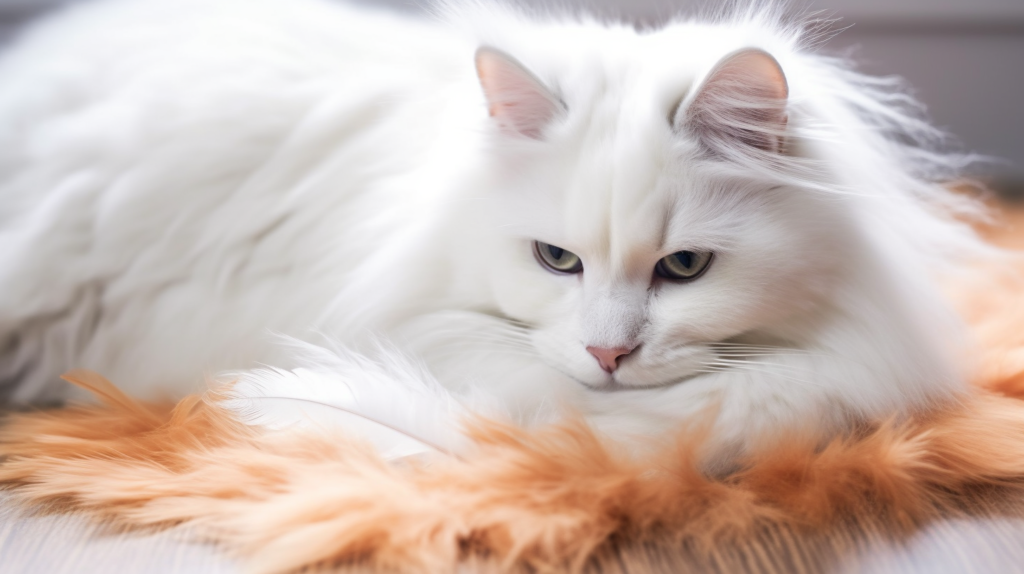
4. Bathing Essentials: Frequency and Maintenance
As a pet parent, it is important to develop a bathing routine for your pet. Too often, bathing is ignored or done without a plan. This leads to unnecessary stress for your pet and may be ineffective in keeping them clean.
When bathing your pet, it is important to consider the frequency and maintenance that goes with it. This will ensure that your pet is able to have easy, stress-free baths and remain clean. Here are some tips to keep in mind when it comes to your pet’s bath:
- Frequency: Depending on the breed and type of pet, baths can vary in frequency. Short-haired pets may only need a bath every two to four weeks whilst long-haired pets may require a bath every one to two weeks. Bathing your pet too frequently can strip them of their natural oils, so it’s important to tailor it to their individual needs.
- Maintenance: Your pet needs to be brushed regularly regardless of whether they receive a bath. Gently brushing through your pet’s coat in-between baths will help to remove dirt and debris whilst also stimulating coat growth. Using a shampoo specifically designed for your pet’s breed can also help to keep them clean and their skin healthy.
- After-Care: When you have finished bathing your pet, make sure they are properly dried with a warm towel, brushing gently to get rid of any excess water. Also pay close attention to any problem areas like the ears, eyes and paws. These should all be dried individually with a softer towel to ensure your pet’s safety and comfort.
Creating a bathing routine for your pet can seem daunting, but as long as you follow the guidelines above, you are setting yourself and your pet up for success. Regular bathing and maintenance will keep your pet clean, healthy and safe from any harm.
5. How to Trim Nails and Beaks
Grooming your feathered companion’s beak and nails is important to maintain their well-being. The good news is, it doesn’t have to be an intimidating task. This article will provide you with a few simple tips to ensure the nail and beak trimming process is stress-free.
Tools
- Beak Trimmer: This tool is designed specifically for birds and comes in curved or straight blades. It is designed to trim off excess overgrown beak.
- Nail Clippers: It is intended to trim overgrown nails and is available in straight or curved blades.
- Emery Board: This is an abrasive filing tool used to gently shape the nails after clipping.
How To Trim
- Start by examining the beak periodically for any signs of overgrowth. Inspect both the top and bottom, and if the beak is overly long, it’s time for a trim.
- Clip the nails very close to the toe. If it is too close, you may cut into the quick, so it is best to be conservative in your clipping. If cut too short, the nail may bleed and cause pain, which can result in further negative experiences during subsequent nail trims.
- Once the nails are clipped, shape the ends with an emery board. This will help keep their nails in ideal condition.
By following these tips, you will be well on your way to providing your feathered friend with the care they need to keep them looking and feeling their best.
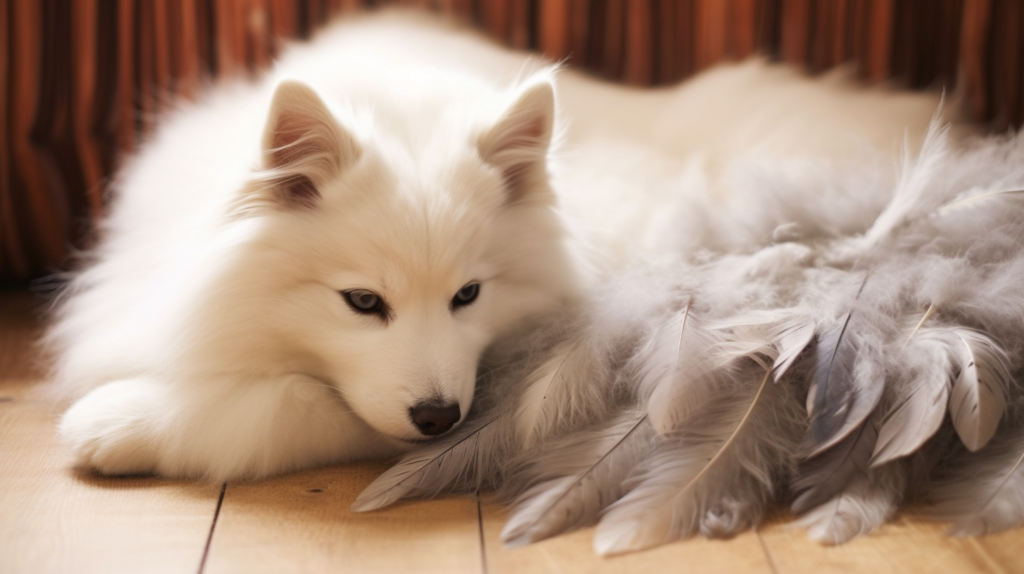
6. Learn the Right Way to Manage Shedding
The shedding of your pet’s fur can be an irritating and tedious task, but it doesn’t have to be! You can manage shedding in an effective way if you follow a few simple steps.
Start by brushing your pet regularly. Brushing helps to remove dead hair and mats before they have a chance to settle into your pet’s coat. Invest in a high-quality brush to make sure you’re doing it right. Also, use a multi-speed brush that will help you adjust the intensity of the brush so it won’t hurt.
You can also use a diet to reduce shedding. Feed your pet a balanced diet rich in Omega-3 fatty acids, like fish oil, which helps to reduce shedding and keep their coat healthy. Additionally, supplements can help, such as biotin, which helps to regulate the amount of shedding and keep your pet’s coat looking healthy.
- Brush your pet regularly
- Invest in a high quality brush
- Feed your pet a balanced diet
- Include supplements in their diet
These simple steps will help to reduce shedding and keep your pet’s coat looking healthy. Don’t be afraid to experiment and tailor your pet’s diet and grooming routine to their specific needs. With the right techniques, you can manage shedding easily and keep your pet looking gorgeous!
7. The Art of Replenishing Skin and Feathers
The skin and feathers of birds have a unique system of maintenance and repair. It is essential to understand this system to properly care for our feathered friends. Here are some handy tips on for your pet birds!
Watching for Shedding: Bird feathers and skin are constantly shedding and re-growing. It’s natural for feathers to shed, especially during molting season, but if it seems excessive, it may be time to take your pet bird for a check-up. By keeping an eye on the amount of feather loss, you can also catch any skin conditions your bird may develop.
Providing Nutritious Food: Eating nutritious meals can help your bird stay healthy and replenish their skin and feathers. Make sure they receive lean proteins, nutrient-rich fruits and vegetables, and healthy complex carbs like whole grains. Regularly supplementing their diet with vitamins and minerals is also a helpful way to keep their skin and feathers looking beautiful.
The Power of Grooming: Grooming is a great way to help your bird keep their skin and feathers in good condition. Regular brushing helps spread the natural oils from their feathers, and it can also help remove dirt, dust, and other debris. Additionally, be careful not to bathe your bird too frequently, as this can dry out their skin. Offering them a light misting of lukewarm water a few times a week should be enough to keep them clean.
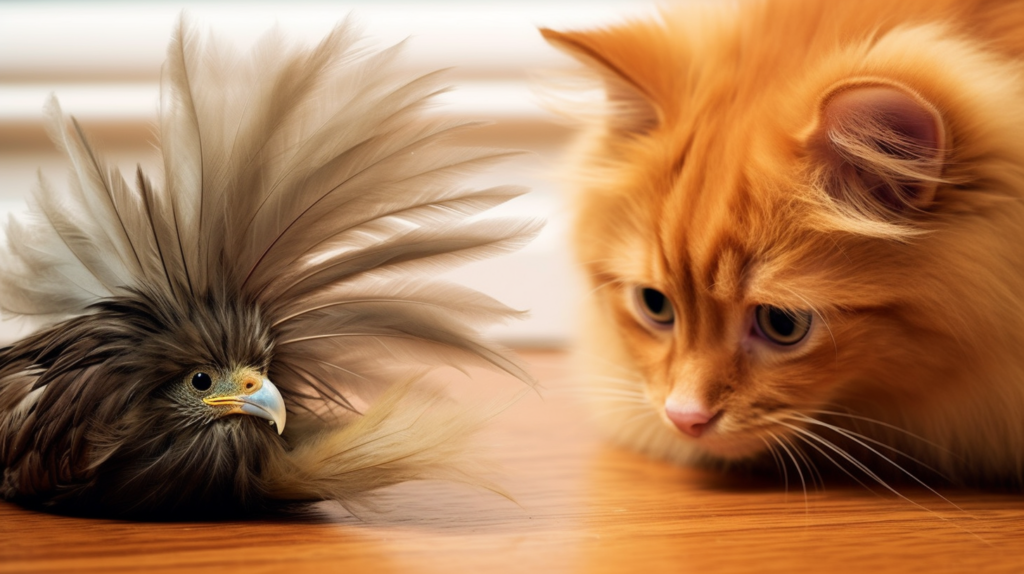
8. The Vital Role of Grooming in Pet Health
Grooming plays an important part in the general health and wellbeing of our beloved pets. This often overlooked activity can help protect them from discomfort and disease. Here’s what you need to know.
- Pest Prevention: Regular grooming reduces the chances of fleas, ticks and mites from developing onto our furry friends.
- Skin Care: Brushing or combing the coat can help remove dead hair, dirt and debris, leaving your pet with a shinier, healthier coat.
- Inspection: Brushing your pet gives you the opportunity to check for any abnormalities. It’s important to look out for strange colored patches, bumps or sores that may affect your pet’s health.
Grooming also strengthens the bond between you and your pet,reducing any anxiety or stress they may feel during the process. Additionally, grooming prevents tangles and mats which reduce circulation. This could lead to discomfort or pain if left untreated. To keep your pet healthy, it’s important to stay on top of regular grooming.
Now that you have the tools and know-how to keep your fur and feather pals looking their best, let their personalities shine through their professional grooming. Who knows– yours might be the next talk of the town!
